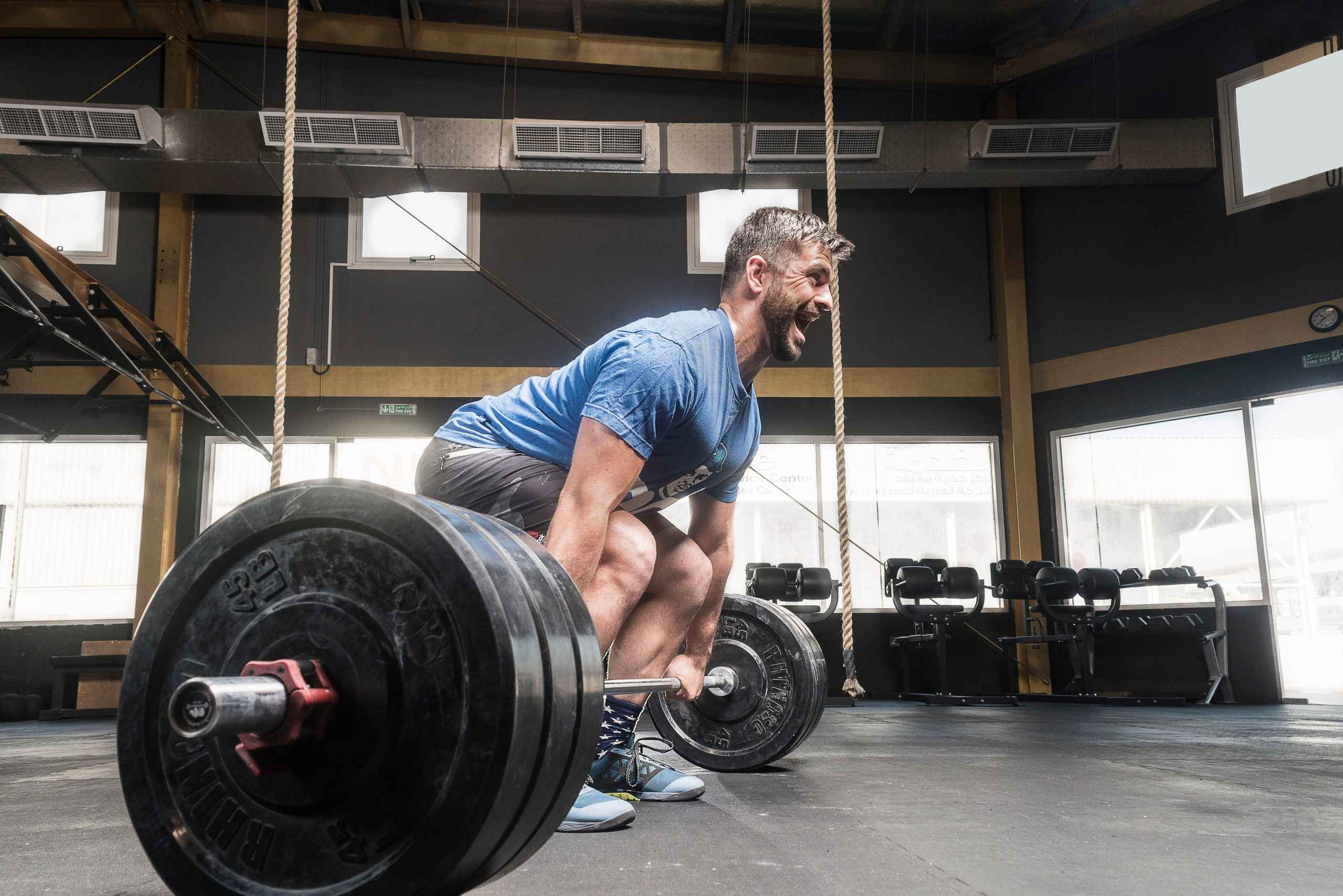Choosing the right Olympic barbell is essential for anyone looking to perform weightlifting exercises effectively and safely. With numerous options available in the market, it can be overwhelming to select the perfect one for your needs. In this article, we will discuss the key factors to consider when purchasing an Olympic barbell, ensuring you make the best choice for your fitness goals.
The material used to manufacture a barbell has a significant impact on its durability, performance, and feel. The most common materials used for Olympic barbells are:
The construction quality of a barbell can affect its performance and longevity. Look for the following features to ensure you choose a well-constructed barbell:
The standard length of an Olympic barbell is 7.2 feet (2.2 meters). This length is ideal for most users and allows for a wide variety of exercises. However, shorter barbells are available for those with limited space or who prefer a more compact option.
The diameter of a barbell affects grip and comfort during lifting. Most Olympic barbells have a diameter of 28mm for men and 25mm for women, offering an optimal grip for most users. Powerlifting bars typically have a larger diameter of 29mm to provide greater rigidity and support for heavier loads.
The sleeve length of a barbell determines the amount of weight it can accommodate. A longer sleeve allows for more weight plates, making it more versatile for different exercises and goals. Ensure the sleeve length is compatible with your weight plates and collars.

Knurling is the pattern of crosshatched grooves on the barbell that provides grip during lifting. The depth and pattern of knurling can vary between barbells, affecting comfort and grip. Look for a barbell with a medium-depth knurling for a secure grip without causing discomfort.
Some barbells feature a center knurl, which can provide additional grip during back squats. However, the center knurl can be uncomfortable during cleans and front squats. Choose a bar with or without center knurling based on your personal preferences and training goals.
The bearing system of a barbell affects the rotation of the sleeves during lifts. There are two main types of bearing systems:
Bushings are made of solid materials, such as bronze or brass, and are typically found in less expensive barbells. They provide a decent spin for most users, but may not be as smooth or fast as bearing systems. Bushing-based barbells are suitable for general weightlifting and powerlifting exercises.
Bearings are small, round components made of steel or ceramic that provide a smoother and faster spin than bushings. They are commonly found in higher-end barbells designed for Olympic weightlifting. Bearing-based barbells are ideal for advanced lifters who require a smooth, consistent spin for their lifts.
The weight capacity of a barbell is the maximum amount of weight it can safely support. Ensure the barbell you choose has a weight capacity that can accommodate your current lifting needs and future goals. Most high-quality Olympic barbells can support loads of over 1,000 pounds (450 kg).
The load rating of a barbell is a measure of its ability to handle repeated heavy loads over time without bending or breaking. A higher load rating indicates a more durable barbell. Look for a barbell with a load rating that matches your intended usage and training frequency.
The price of a barbell can range from under $100 for basic models to over $1,000 for high-end options. Determine your budget and prioritize features that are most important to you, such as material, construction quality, and bearing system. Keep in mind that investing in a high-quality barbell can save you money in the long run by avoiding the need for frequent replacements.
A good warranty can provide peace of mind and protect your investment. Look for a barbell with a comprehensive warranty that covers defects in materials and workmanship. Some manufacturers offer a lifetime warranty, while others provide a limited warranty of 1-5 years.
Selecting the right Olympic barbell involves careful consideration of factors such as material, construction quality, dimensions, knurling, bearing system, weight capacity, load rating, price, and warranty. By taking these factors into account, you can make an informed decision and choose a barbell that will serve you well for years to come. Remember that the perfect barbell for your needs will depend on your specific goals, preferences, and budget, so take the time to research and compare various options before making a purchase.

82 Roman Way Industrial Estate
Preston
PR2 5BE
United Kingdom
Registration Number: 3349377
VAT Number: 628894877